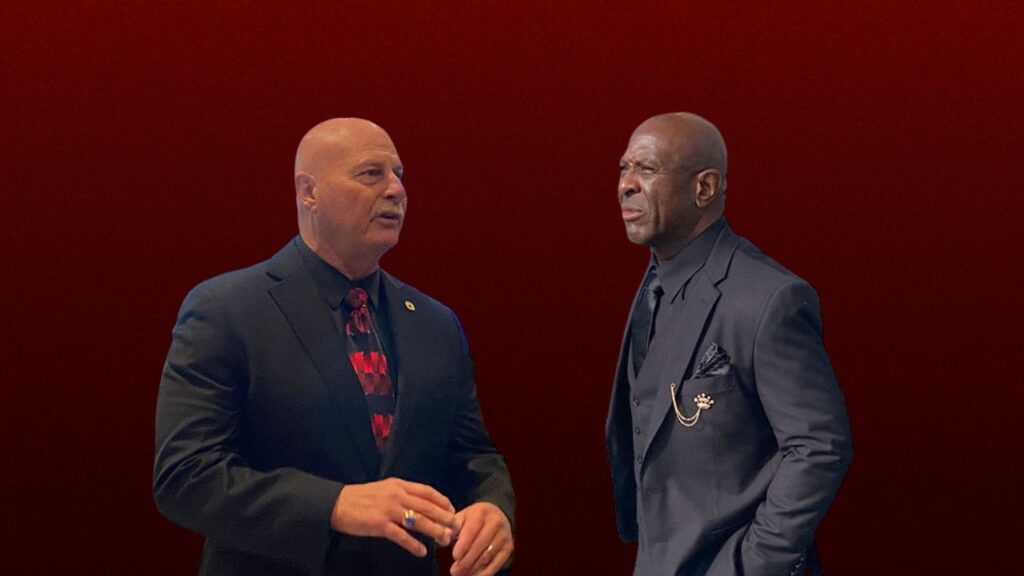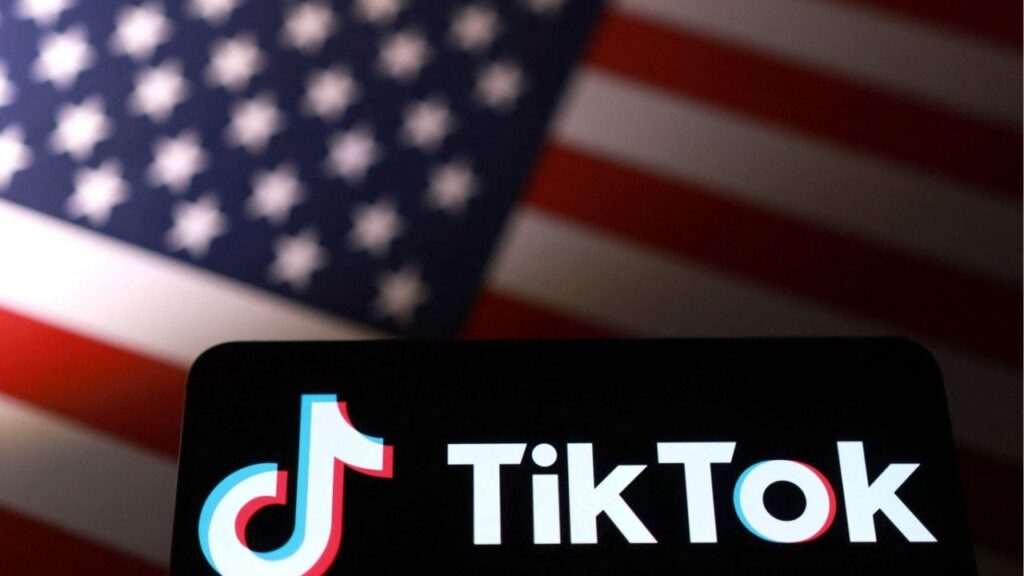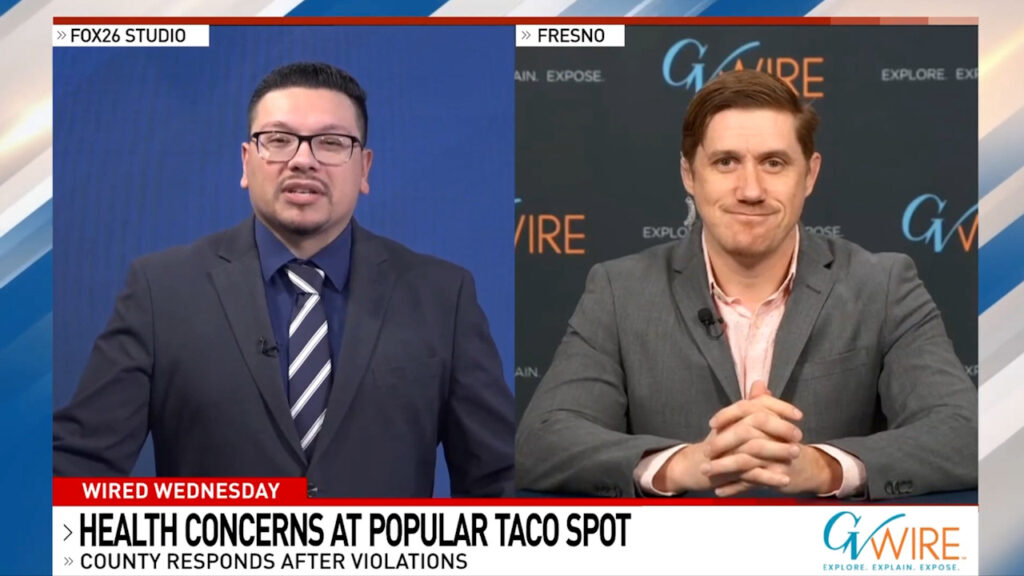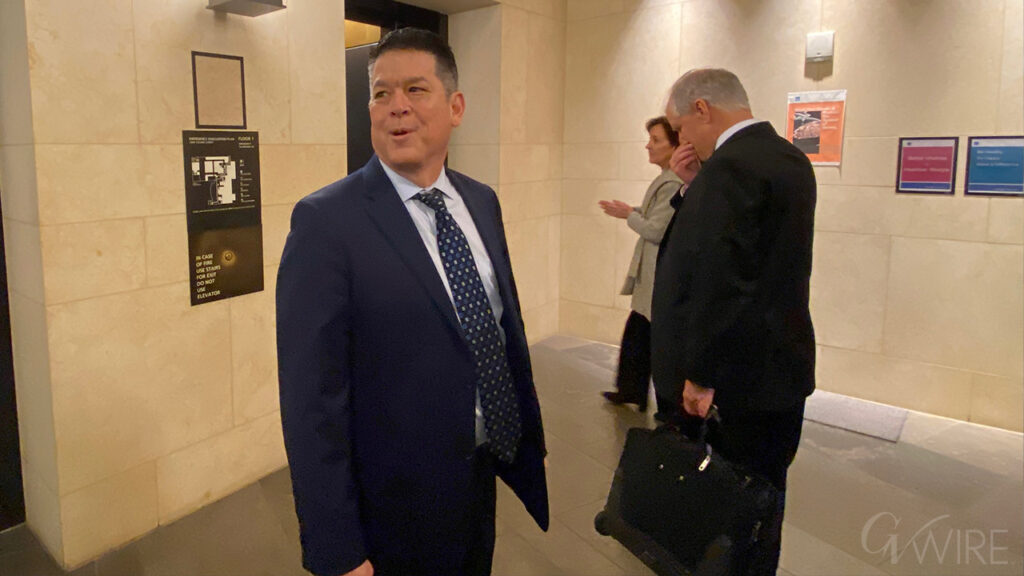A generations-old Holy Week tradition sees thousands walk miles through the New Mexico desert to El Santuario de Chimayó. (AP File)

- Pilgrims journey on foot, some for days, to reach the revered adobe church believed to hold curative powers.
- The historic El Santuario de Chimayó, built in the early 1800s, stands on a site held sacred by Native Americans.
- Travelers leave behind crutches and notes of thanks, testifying to perceived miracles at the spiritual site.
Share
SANTA FE, N.M. — A unique Holy Week tradition is drawing thousands of Catholic pilgrims to a small adobe church in the hills of northern New Mexico, in a journey on foot through desert badlands to reach a spiritual wellspring.
For generations, people of the Upper Rio Grande Valley and beyond have walked to reach El Santuario de Chimayó to commemorate Good Friday.
Pilgrims, some walking for days, were on track to arrive Friday amid a forecast of cool temperatures and sprinkles of rain.
Some travelers are lured by an indoor well of dirt believed to have curative powers. Throughout the year, they leave behind crutches, braces and canes in acts of prayer for infirm children and others, and as evidence that miracles happen.
Easter week visitors file through an adobe archway and narrow indoor passages to find a crucified Nuestro Señor de Esquipulas at the main altar. According to local lore, the crucifix was found on the site in the early 1800s, a continent away from its analog at a basilica in the Guatemalan town of Esquipulas.
A Spiritual Place
Chimayó, known for its artisan weavings and chile crops, rests high above the Rio Grande Valley and opposite the national defense laboratory at Los Alamos that sprang up in the race to develop the first atomic weapon.
The iconic adobe church at Chimayó was cast from local mud at the sunset of Spanish rule in the Americas in the early 1800s, on a site already held sacred by Native Americans.
Set amid narrow streets, curio shops and brooks that flow quickly in spring, El Santuario de Chimayó has been designated as a National Historic Landmark that includes examples of 19th century Hispanic folk art, religious frescoes and saints carved from wood known as bultos.
One votive room is filled with notes of thanks from those who say they had ailments cured.
A separate chapel is dedicated to the Santo Niño de Atocha, a patron saint of children, travelers and those seeking liberation and a fitting figure of devotion for Chimayó pilgrims on the go.
Hundreds of children’s shoes have been left in a prayer room there by the faithful in tribute to the holy child who wears out footwear on miraculous errands. There are even tiny boots tacked to the ceiling.
Pueblo people who inhabited the Chimayó area long before Spanish settlers believed healing spirits could be found in the form of hot springs. Those springs ultimately dried up, leaving behind earth attributed with healing powers.
A Way of Life
Photographer Miguel Gandert grew up in the Española valley below Chimayó and made the pilgrimage as a boy with his parents.
“Everybody went to Chimayó. You didn’t have to be Catholic,” said Gandert, who was among those who photographed the 1996 pilgrimage through a federal grant. “People just went there because it was a powerful, spiritual place.”
Scenes from that pilgrimage — on display at the New Mexico History Museum in Santa Fe — include children eating snow cones to keep cool, men shouldering large wooden crosses, infants swaddled in blankets, bikers in leather and weary pedestrians resting on highway guardrails to smoke.
A generation later, Good Friday pilgrims still haul crosses on the road to Chimayó, as families leave behind cars, push strollers and allow time for older hikers. Throngs of visitors often wait hours for a turn to file into the Santuario de Chimayó to commemorate the crucifixion.
It’s just one of hundreds of adobe churches anchoring a uniquely New Mexican way of life for their communities. Many are at risk of crumbling into the ground in disrepair as congregations and traditions fade.
A Journey on Foot
Pilgrims from nearby towns set out for Chimayó in the predawn hours. Some have walked 20 miles (32 kilometers) from Santa Fe, while others traveled for days from Albuquerque and elsewhere.
Vendors sell religious trinkets, coffee and treats. State transportation workers, law enforcement agencies and other volunteers are stationed along the roadway to ensure safety from oncoming traffic, the outdoor elements and exhaustion.
Pilgrims traverse an arid landscape speckled with juniper and piñon trees and cholla cactus that finally give way to lush cottonwood trees and green pastures on the final descent into Chimayó.
The magnitude of the religious pilgrimage has few if any rivals in the U.S. Many participants say their thoughts dwell not only on Jesus Christ but on the suffering of family, friends and neighbors with prayers for relief.
Associated Press religion coverage receives support through the AP’s collaboration with The Conversation US, with funding from Lilly Endowment Inc. The AP is solely responsible for this content.



















